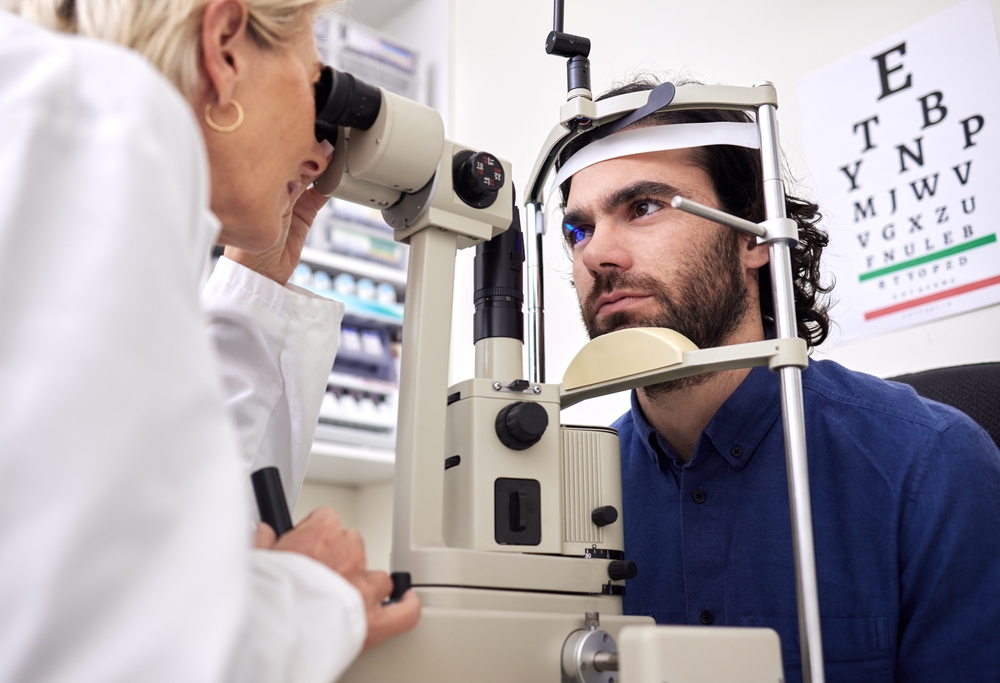Do you want to experience the beautiful Hudson Valley in clear, high-definition vision without relying on glasses or contact lenses? If yes, then it’s time to ask your ophthalmologist about SMILE.
This advanced laser vision correction procedure is an alternative to LASIK that can correct nearsightedness and astigmatism. Keep reading to learn more about what your Hudson Valley ophthalmologist wants you to know about SMILE.
What is SMILE?

SMILE stands for small incision lenticule extraction. It is a laser eye surgery that can permanently correct vision affected by nearsightedness or astigmatism.
These refractive errors often occur due to irregularities in the shape of the eye, causing blurry, unfocused vision. SMILE corrects your refractive errors by reshaping the cornea, allowing light to hit the retina at the optimal spot for clear vision.
During the SMILE procedure, your eye surgeon makes a tiny incision on the surface of the eye. Then, they use a femtosecond laser to create and remove a tiny disk of corneal tissue called a lenticule.
The creation of the lenticule reshapes the cornea, correcting refractive errors. The incision made in the SMILE procedure requires no stitches and heals naturally.
Because it is so tiny, it typically heals faster than the corneal flap created in a LASIK procedure, leading to shorter recovery times and a reduced risk of complications. Most patients report visual improvements after just one day of healing and go on to enjoy crisp, clear vision for decades.
What are the Advantages of SMILE?
While other procedures can successfully correct your vision, innovative SMILE offers several advantages. Your ophthalmologist at Cheema MD Eye Care will discuss these benefits with you at your pre-operative consultation, including:
Less Invasive
The small size of the incision created in a SMILE procedure to access the corneal tissue disrupts less of the corneal surface than other vision correction procedures and helps shorten recovery times. Ophthalmologists often recommend SMILE as an alternative to LASIK for patients with thin corneas because it is less invasive.
SMILE also minimizes damage to the corneal nerves, reducing the risk of post-operative dry eye symptoms.
Crystal Clear Vision
The advanced laser technology used in the SMILE procedure provides exceptional precision, leading to optimal visual outcomes. You can look forward to clearer, higher-definition vision during all your favorite activities, whether you’re admiring a vivid sunset, taking in a gorgeous vista at the end of a long hike, or adding the finishing touches to a detailed painting.
Improved Visual Acuity

SMILE eye surgery doesn’t just make your vision better. It enhances things like depth perception and peripheral vision.
This is especially beneficial if you lead an active lifestyle and play competitive sports, where seconds matter when trying to score. Specifically, if you play contact sports like boxing, SMILE may be a better choice for your vision correction procedure than LASIK.
This is because the flap created during LASIK has the potential to become dislodged during an injury to the face and cause complications. SMILE does not require a flap to correct your vision, making it safer for contact sports players.
Long-Lasting Outcomes
By reshaping your cornea, SMILE permanently corrects your refractive errors. This means you’ll likely get to enjoy years of crisp, clear vision.
However, it’s important to note that vision changes due to unrelated conditions like cataracts or presbyopia can still occur after SMILE eye surgery.
How Does My Ophthalmologist Determine SMILE Candidacy?
To determine your SMILE candidacy, your ophthalmologist would take the following factors into account:
Age
You must be at least 18 to be considered a good candidate for SMILE, but many ophthalmologists encourage patients to wait until they are at least 22, when they are more likely to have a stable eye prescription. The procedure is not usually recommended for people over 45, as age-related eye conditions can affect the long-term results.
Stable Prescription
You need a stable prescription for at least a year before undergoing SMILE. This is because changes to your prescription can negate the results of the procedure.
This is also why you are not a good candidate for SMILE if you are pregnant or nursing, as hormonal fluctuations during this time can cause prescription changes.
Refractive Errors

Currently, SMILE can only correct nearsightedness and astigmatism (or a combination of both) within certain limits. Nearsightedness must be between -1 and -10 diopters, and astigmatism must be no more than three diopters.
If you are farsighted, you may be a better candidate for other procedures like LASIK or PRK.
Eye Health
To be considered a good candidate for SMILE, you should have healthy eyes with no pre-existing eye conditions that could affect recovery or compromise the results. These conditions include cataracts, glaucoma, keratoconus, or significant corneal scarring.
General Health
Certain underlying health conditions like diabetes, rheumatoid arthritis, Sjogren’s syndrome, and lupus could affect your recovery process after SMILE. Your ophthalmologist will consider your health history when deciding whether you are a good candidate for the procedure.
Visual Goals
If you want to reduce your reliance on glasses and contacts and enjoy Hudson Valley with crisp, vivid eyesight, you may be a good candidate for SMILE. However, it’s important to remember that results can vary, as with any surgical procedure, and it’s important to have realistic expectations about the outcome.
Do you want to learn more about how SMILE can enhance your life in Hudson Valley? Schedule an appointment with your ophthalmologist at Cheema MD Eye Care in Kingston, NY, today to discover if the procedure could be right for you!



